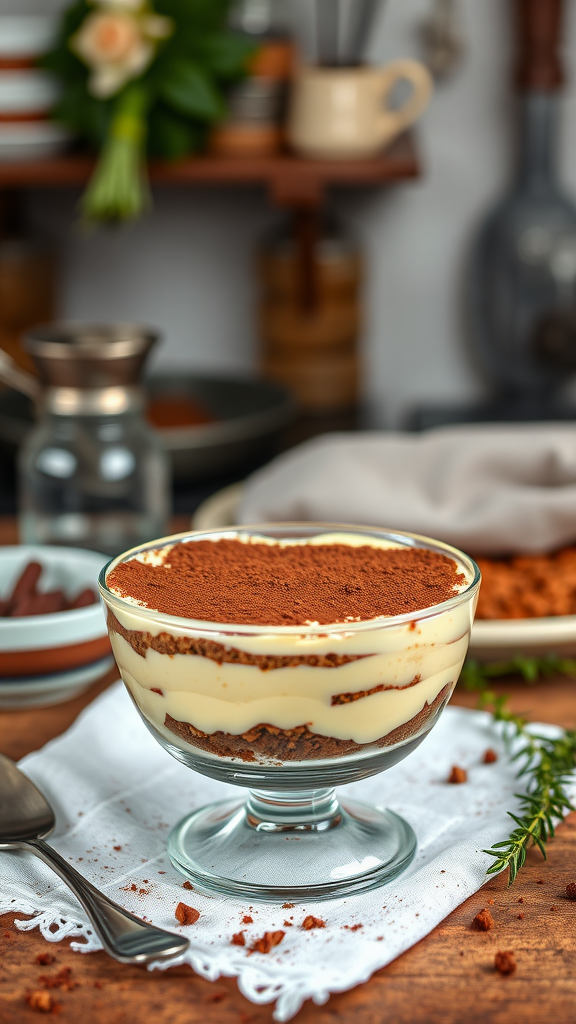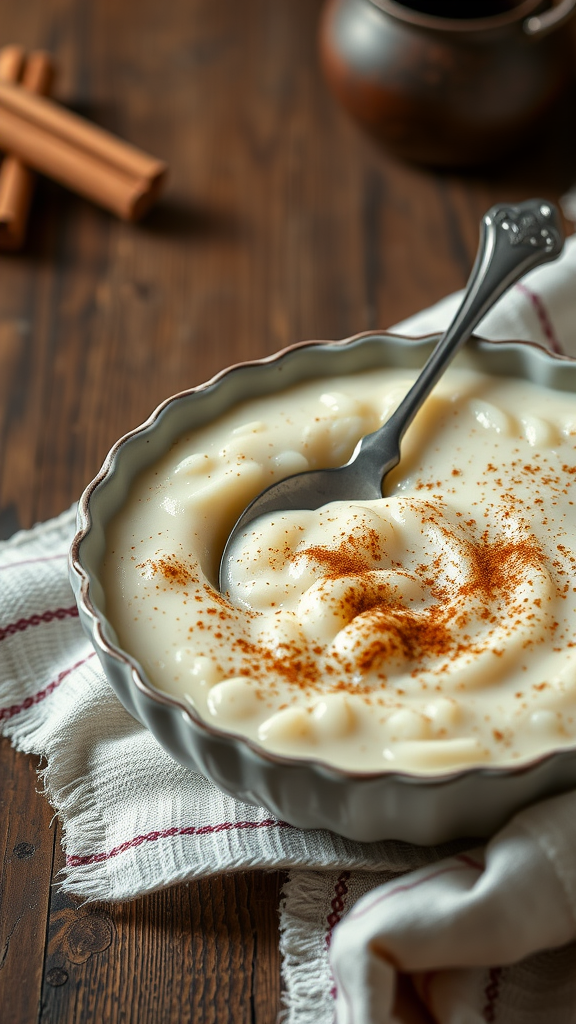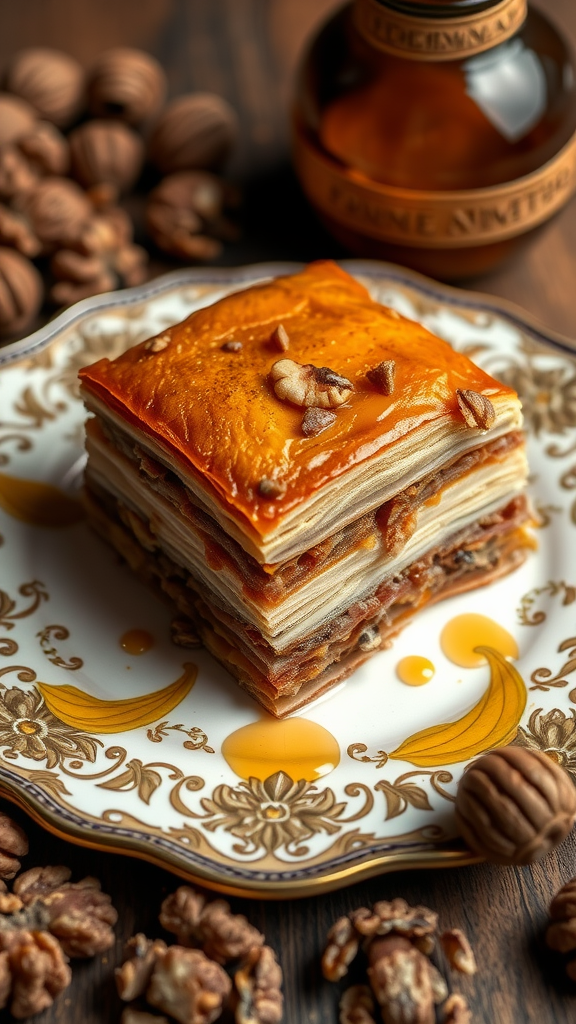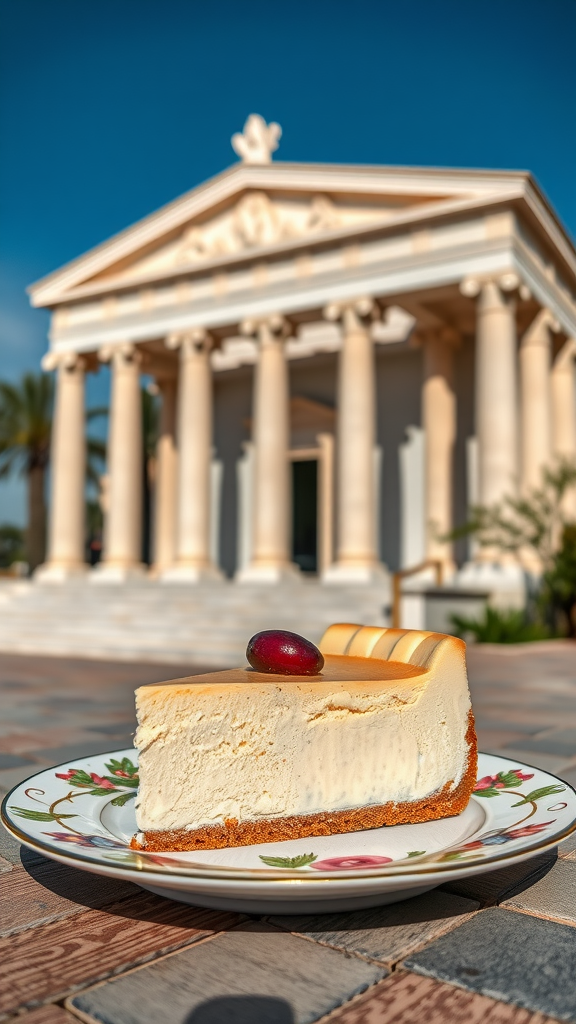Desserts are more than just a treat—they are a window into the past, carrying with them the rich traditions, flavors, and tales of their time. These 7 delicious historical desserts and their fascinating stories take you on a flavorful journey through history, showcasing iconic creations that have stood the test of time. From royal indulgences crafted for kings and queens to humble confections enjoyed by everyday people, each dessert reflects the culture and creativity of its era. Let’s explore these sweet treasures and uncover the stories that make them as fascinating as they are delicious!
The Sweet Tale of Black Forest Cake

The Black Forest Cake is a delightful treat with a rich history. Originating from the Black Forest region in Germany, this cake is more than just a dessert; it tells a story of tradition and celebration. The layers of chocolate sponge, whipped cream, and cherries create a beautiful harmony of flavors.
Traditionally, this cake features cherries soaked in Kirsch, a cherry schnapps, which adds a unique touch. The combination of chocolate and cherries makes it a favorite for many, proving that some desserts truly have a cultural significance. It’s often served at weddings and special occasions, showcasing how desserts can play a role in our celebrations.
The image captures the essence of this classic dessert. With its glossy cherries and rich chocolate layers, it invites you to indulge. As you enjoy a slice, think about the stories behind this famous dessert. This is not just a cake; it’s a piece of history, connecting us to the past through its flavors and ingredients.
How Tiramisu Became an Italian Classic

Tiramisu is a beloved dessert that captures the essence of Italian sweetness. This layered treat showcases a delightful combination of coffee-soaked ladyfingers and rich mascarpone cheese. The image beautifully displays this classic confection, topped with a dusting of cocoa powder. The simple elegance of tiramisu makes it a standout among historical desserts.
The story of tiramisu is as rich as its flavor. Originating in the Veneto region of Italy, it gained popularity in the 1960s. Though its exact beginnings are debated, many believe it was created by pastry chefs who wanted to craft a dessert that was both delicious and easy to prepare. It quickly became a favorite in restaurants and homes alike.
Tiramisu represents the evolution of desserts, blending traditional Italian ingredients with modern techniques. This dessert not only tastes amazing but also tells a story of cultural significance and culinary creativity. So, when you enjoy a slice of tiramisu, you’re indulging in a piece of history, rich with flavors and memories.
The Legacy of Rice Pudding Through the Ages

Rice pudding is a comforting dessert that has warmed hearts and filled bellies for centuries. This creamy treat, often sprinkled with a hint of cinnamon, has roots in many cultures. It’s a simple dish made from rice, milk, and sugar, yet its variations tell stories of tradition and innovation.
In ancient civilizations, like those in Egypt and Persia, rice pudding was not just a dessert. It served as a staple food, often flavored with local spices and fruits. As it traveled through trade routes, recipes evolved, incorporating regional ingredients and cooking methods. From the kitchens of medieval Europe to the tables of modern-day families, rice pudding has adapted to changing tastes while maintaining its comforting essence.
Today, rice pudding appears in various forms around the globe. In some cultures, it’s enjoyed as a festive treat, making it one of the historical desserts for events. In others, it holds a place in everyday meals, reflecting the idea that even simple desserts can carry cultural significance.
Whether served at special occasions or as a comforting weeknight dessert, rice pudding represents a connection to our past. Its easy preparation and rich history make it a cherished recipe worth celebrating. So next time you enjoy a bowl of this classic dessert, remember the stories it carries from ancient times to your kitchen.
The Role of Gingerbread in Medieval Festivals

Gingerbread has a delightful history, especially during medieval festivals. This image captures beautifully decorated gingerbread cookies, showcasing the artistic flair that was common in historical dessert ideas.
In medieval times, gingerbread was often a special treat made with honey, spices, and breadcrumbs. It was not only served during festive gatherings but also used in celebrations of various kinds, from religious holidays to community feasts. The charming designs of these cookies tell stories of creativity and tradition.
As you look at the gingerbread, think about how these traditional desserts have evolved. They symbolize joy and community spirit. Each cookie, like the ones in the image, reflects the cultural significance of the time, bringing people together.
These historical treats aren’t just tasty; they hold stories behind famous desserts that have been passed down through generations. Recipes for these cookies often include unique spice combinations, making them stand out in the array of desserts from history.
Overall, gingerbread cookies represent a sweet connection to the past, reminding us of the warmth and togetherness found in medieval celebrations.
Exploring the History of Pavlova in Australia and New Zealand

The image of a beautifully crafted Pavlova captures the essence of this dessert’s charm. With its delicate meringue base topped with fresh fruits, it represents a celebration of flavors and textures that have delighted many. The vibrant colors from strawberries, blueberries, and tropical mangoes make it not just a treat for the taste buds, but also a feast for the eyes.
The origins of Pavlova are a point of friendly debate between Australia and New Zealand. Each country claims to have created this iconic dessert. It was named after the famous Russian ballerina, Anna Pavlova, who toured both nations in the 1920s. The lightness of the dessert mirrors her grace on stage, making it a fitting tribute. Pavlova has evolved over the years, becoming a staple at events and celebrations, especially during the holidays.
This dessert is more than just a sweet dish; it tells a story of cultural pride and culinary heritage. The history of desserts shows how foods like Pavlova can connect people and evoke memories. Enjoying a slice often sparks conversations about its origins, making it a dessert with a fascinating backstory. The layers of meringue, whipped cream, and fruits create a beautiful harmony that draws people in, reflecting the spirit of community and shared traditions.
The Origin of Baklava and Its Cultural Significance

Baklava is a true delight, known for its layers of thin pastry, nuts, and honey syrup. This dessert has roots that stretch back centuries, often linked to the Ottoman Empire. Many cultures claim it as their own, highlighting its importance in various traditions.
The image captures a beautifully presented piece of baklava, showcasing its golden, flaky layers topped with nuts. The shiny honey glaze adds a touch of elegance, making it not just a treat but a centerpiece during celebrations. It’s a dessert that tells stories of gatherings and feasts.
Historically, baklava was often enjoyed during special occasions, making it one of the famous desserts from history. It represents hospitality and warmth, a dish shared among friends and family. Today, baklava is celebrated around the world, embodying cultural significance and a rich heritage.
For those interested in baking, traditional desserts and their origins reveal much about the past. Each bite of baklava connects us to ancient civilizations and their culinary practices, reminding us how desserts were made in the past. The historical treats not only satisfy our sweet tooth but also keep alive the tales of those who came before us.
The Journey of Cheesecake from Ancient Greece to Today

Cheesecake has a rich history that dates back to ancient Greece. This image captures a beautiful slice of cheesecake in front of a grand architectural structure, reminiscent of classic Greek temples. The cheesecake itself is creamy, with a golden crust, and topped with a simple yet elegant garnish.
This dessert is more than just a treat; it carries stories of its evolution over the years. From its origins as a simple mixture of cheese and honey enjoyed by the Greeks to the countless variations we see today, cheesecake reflects the culinary creativity of different cultures.
Throughout history, this dessert has taken on many forms. In medieval times, recipes included ingredients like spices and fruit, showcasing early attempts at flavor combinations. Each adaptation tells a tale of the ingredients available and the tastes of the time.
Today, cheesecakes come in a variety of styles, from classic New York to no-bake versions, appealing to many palates. This journey through time highlights not only how desserts were made in the past but also the cultural significance they hold today. So, the next time you enjoy a slice, think about the historical desserts and their meaning behind each bite!
Relive History Through Dessert
Historical desserts are a testament to the ingenuity and cultural richness of the times they represent. Whether it’s the buttery layers of a French mille-feuille or the sweet simplicity of Turkish delight, each dessert tells a story of its origin and significance. If you’re inspired by these tales, explore local dessert shops near you using our dessert directory. Supporting these small businesses not only connects you to modern takes on historical recipes but also gives you the chance to discover unique flavors inspired by global traditions.
For those who enjoy recreating history in their own kitchen, our collection of recipes is the perfect resource. Learn how to make desserts steeped in history, like the rich and creamy custards of medieval Europe or the spiced pastries of the Middle East. With step-by-step guidance, you can bring these timeless classics to life and enjoy a taste of the past.
Desserts are more than just food—they’re cultural artifacts that bridge the gap between generations. Whether you’re sampling a local bakery’s take on a historical recipe or crafting your own version at home, these desserts remind us of the enduring connection between flavor and tradition. Imagine discovering a dessert with centuries of history, then sharing its story and taste with friends and family for a truly memorable experience.
At Creme Filled Churros, we celebrate the intersection of history and flavor, connecting you with desserts that inspire and delight. Explore these 7 delicious historical desserts and their fascinating stories, and let us guide you to more culinary adventures that blend the past and present in every bite!

